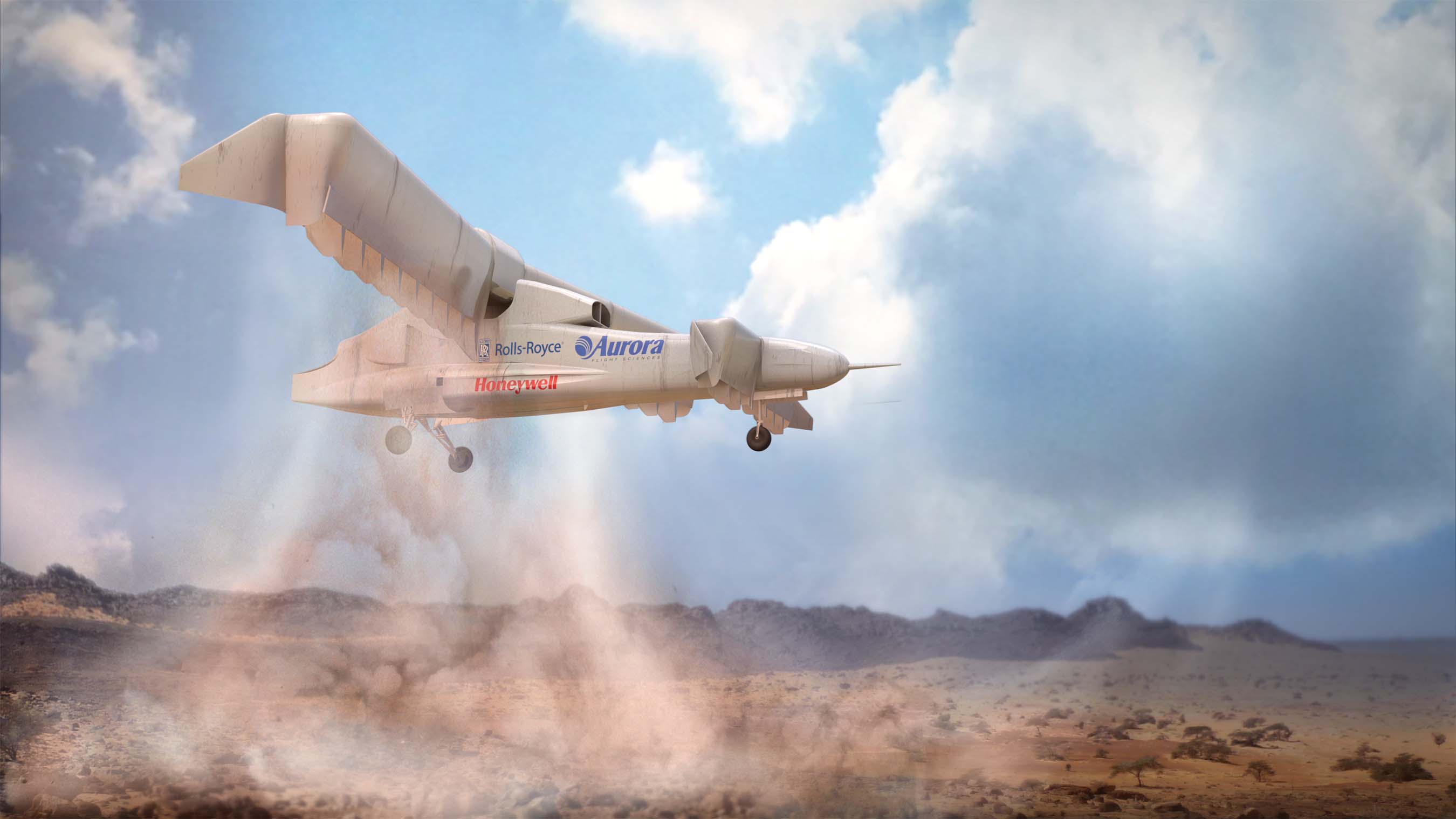Strong. Proud. Ready. This tagline for the Canadian Army means a great deal more than a catchy motto for recruitment banners and press releases. Originally designed as a promise to “strengthen ties between present-day soldiers and previous generations of warriors”, it is a reflection of identity, weighty with meaningful history and heritage. For the soldiers, an important measure of the authenticity of a promise like this is the quality of the equipment they are issued.
Last week, in an article discussing the spending for the “everyday” of defence procurement, I touched on the difficulties Canadian soldiers had in their early deployment to Afghanistan with the suitability and quality of the kit they were issued. This led to many spending out-of-pocket to purchase better equipment to meet the requirements of their mission. Importantly, this has less to do with inadequate spending than management structure and a lack of focus on the individual. The good news is, some are paying attention, and there is evidence to suggest future procurement endeavours will be better attuned to the needs of Canadian soldiers.
In 2009, Colonel Mike Bodner, then the director of Land Requirements – Soldier Systems Requirements section, spoke with SoldierMod about a new approach to procurement for soldiers in Canada and throughout the NATO alliance. He explained that Canada, like other armies, is realising it can’t keep such a detached stance on equipment for its soldiers. Instead, it must “get away from the Christmas tree effect, where separate organizations hang kit on soldiers.”
Present and planned procurement directly pertaining to the Canadian army front-line show signs of this shift in focus. As already mentioned last week, the newly acquired boots for soldiers are purported to be a marked upgrade from the previously supplied footwear, and will provide greater flexibility of choice – a measure intended to increase user satisfaction.
[captionpix align=”left” theme=”elegant” width=”300″ imgsrc=”http://natoassociation.ca/wp-content/uploads/2014/04/Canadian-ECU.jpg”]
A contract for new combat uniforms, valued at $8.5 million through Peerless Garments, was also signed in early 2013 with the aim of increasing comfort and providing greater protection. Importantly, the design was based on feedback from soldiers and the last 10 years of combat operations in Afghanistan, and will feature a “staggered production and distribution.” Rather than making a single purchase that will last for the next 20 years, procurement specialists opted to collect the uniforms in batches to allow for changes in design based on further feedback.
The next important changes expected for Canadian soldiers are related to the Integrated Soldier Systems Project (ISSP). The ISSP is part of a greater effort to put the Canadian Forces on the path toward Network-Enabled Operations, a state of complete interconnectedness and interoperability driven by advances in technology and communications. The ISSP is the soldier-specific portion of this effort, and involves the introduction of a suite of high-tech equipment designed to increase survivability, lethality, and efficiency. While much of this focus is driven by the nature of asymmetric warfare and the organization of enemy insurgents, it has meant that the military has become more attentive to the individual soldier.
An important part of the ISSP, for instance, is the Small Arms Replacement Project (SARP II). The project is due to field equipment in the 2012 – 2020 timeframe with a focus on providing upgraded firing solutions to light and medium forces. The Canadian Forces have a history of customizing their small arms procurements carefully to their own specifications. The C7 and C8 families of standard issue rifles, for instance, bear strong resemblances to the American-made Colt M16A2 and M1A4, but have features unique to the Canadian Forces. The designs were licensed to the Canadian government in the mid-1980s as part of SARP I and altered by Diemaco (now Colt Canada) to be more suitable for Canadian operation.
[captionpix align=”left” theme=”elegant” width=”300″ imgsrc=”http://natoassociation.ca/wp-content/uploads/2014/04/diemaco.jpg”]
Further research is being done for SARP II to make sure the weapons procured are attuned to soldiers who will be wielding them. Defence Research and Development Canada (DRDC) is currently studying the effects of recoil on the physical and psychological response of soldiers. The DRDC notes that though the magnitude of weapon recoil force is well known, little is understood about the way it affects physical and psychological factors relating to accuracy and fatigue. Complementing procurement with this kind of applied research helps to increase both the value of the acquisition, and the potency of capability.
Enhancements like these are welcome upgrades for the Canadian Armed Forces and the front-line who ultimately depend on them. Experience has shown, however, that they are worth significantly less if undertaken without the collaboration and feedback of the experts on the ground. When handled in such a way, and equipment needs are adequately met for the requirements of the mission at hand, one can be assured that the Canadian Forces are strong, proud, and ready to serve.




